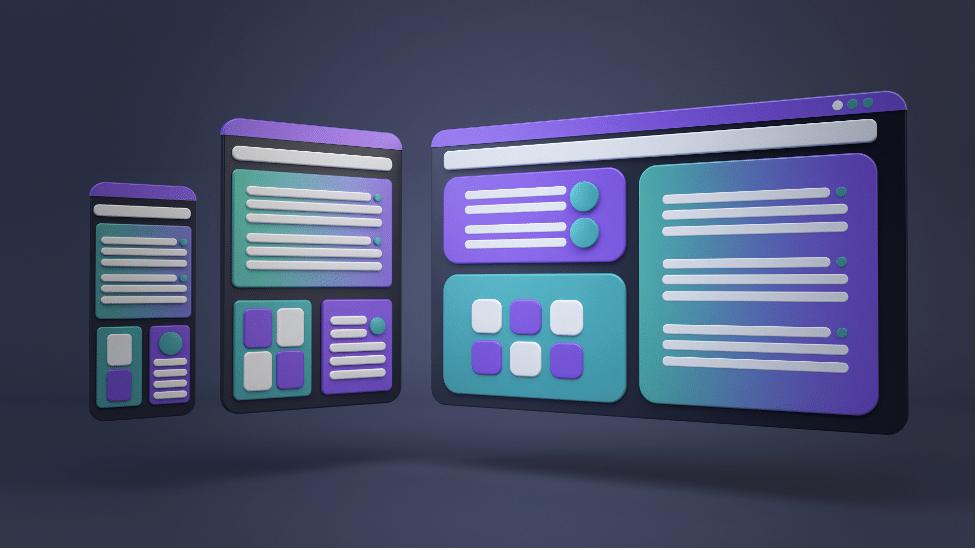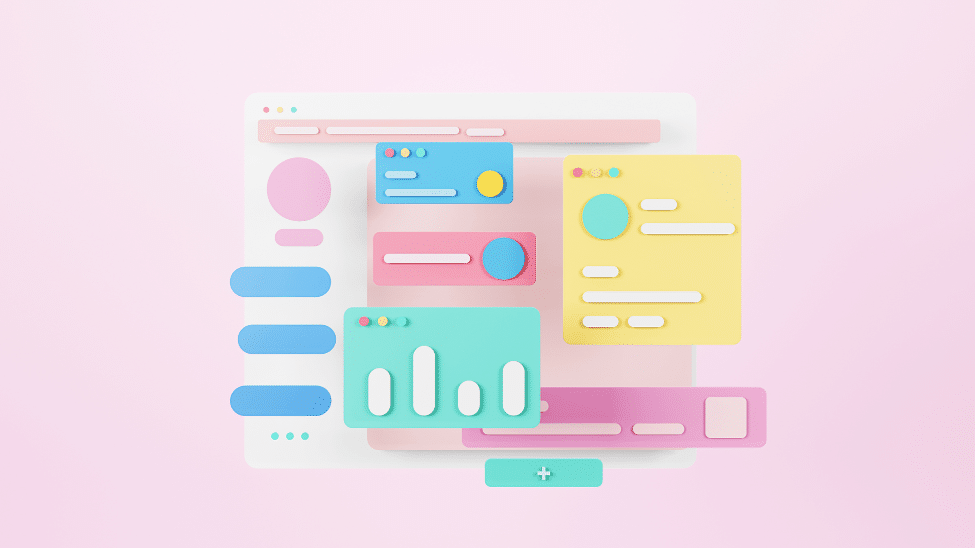If you are a developer who works regularly, you must know the importance of an efficient UI component. No matter what you are developing, how your users interact with the platform is important. Nowadays, creating a user interface with a better user experience is important. However, with the availability of multiple options in the market, it has become a challenge to master UI component creation.
But don’t worry! We have brought this guide for developers. In this guide, we will help you know the seven expert tips to amaze your users through UI component creation. If you are a JavaScript UI developer, this guide can be a game changer. Imagine a website that functions effectively and entertains users with a beautiful look and feel. The best part about achieving such a UI is that it also boosts the SEO.
Let’s continue reading till the end to achieve such a unique design.

What Are JavaScript UI Components?
Before we dive into further details, it is important to learn about the basics of JavaScript UI components. These dynamic elements help us create everything from interactive building blocks to forms, buttons, and menus. We can enhance user experience by using these building blocks since they help us add extra functionality.
It is interesting to note that JavaScript UI components are responsible for creating a dynamic website out of static web components. They give real-time feedback by responding to the user input. Hence, we can achieve engagement and seamless interaction on our website. Now that you have learned about JavaScript UI components. Let’s explore the tips to master those components.

What Are the Tips to Master JavaScript UI Component Library?
Here are the seven most reliable tips for mastering the JavaScript UI component library.
Responsive Design
Modern UI design is responsive design. In the era where users can access many devices, creating platforms that adapt to every device is important.
A responsive design engages users and makes your content accessible to everyone. To get a responsive user interface, we need a well-thought-out strategy.
We can also use CSS media queries to define layouts and other styles. Those defined styles fit various screens. Here is the code example to achieve that:
@media (max-width: 768px) {
.menu-button {
display: block;
}
}
@media (min-width: 769px) {
.menu-button {
display: none;
}
}
Accessibility Matters
Most developers overlook the accessibility matters when designing a user interface. The accessibility matters not only helps us adhere to the regulations but also ensures the usability of creations.
It is interesting to note that web accessibility refers to creating a website accessible to users with disabilities.
Creating an accessible website user interface is ethical and increases your user base.
Animation and Interaction
To create an amazing user experience, animations, and interaction always come first. It is like breathing life into static web components. We must implement smooth animations, from seamless menu transitions to subtle button transformations.
We can master these functions through requestAnimationFrame, easy functions, and hardware acceleration for responsiveness.

Component Reusability
This tip is important for those developers who work on UI design regularly. Having reusable components saves a lot of time. The reason is that you don’t need to build everything from scratch repeatedly. Instead, these components can be used. What’s more? They help us achieve consistency in the UI design.
To have components reusability, you must choose a framework that offers it. One of the most popular and reliable enterprise development frameworks is Sencha Ext JS. It is a JavaScript framework that gives us a rich set of reusable components. The best part to know is that all those components are also customizable.
Performance Optimization
When achieving a beautiful user interface, don’t ignore performance optimization. Even if your UI has excellent consistency, a low performance will cause frustration among users. You need to enhance rendering speed by reducing load times. Code splitting is one of the most powerful techniques to achieve that.
There is also lazy loading, using CDN services, server-side rendering, image optimization, and much more.

Elevate your web development with Sencha!
Styling and Theming
Ensure you choose the right styles and themes when achieving beautiful UI. All your website user interfaces should have similar styles and themes. You can adopt a modern style approach that converts CSS into JS. By designing consistent styles and themes, you can also achieve scalability. You can also choose Sencha Ext JS to have consistent and customizable components.
Testing and Debugging
To achieve a consistent UI, you must not forget to test and debug it. It will ensure the application’s visual integrity, performance, and reliability. You must know that testing will uncover all the issues that must be resolved. At the same time, debugging refers to rectifying and identifying problems that arise during development or after deployment.
Some of the most common testing methods are:
- Unit testing
- Visual regression testing
- End-to-end testing.
Conclusion
Now that you have learned the best tips to achieve consistency don’t forget to implement them. Always remember to achieve a good performance while maintaining the consistency. Moreover, you can also rely on JavaScript frameworks. They can give you consistency as well as scalability for a UI component.

FAQs
What Are Javascript UI Components, and Why Are They Important?
JavaScript UI components are the building blocks of creating a user interface. They help us achieve a consistently formatted design with the right tips.
Why Is Web Accessibility Important When Creating UI Components?
Web accessibility helps disabled users to benefit from our website. It can enhance user experience and increase engagement.
What Role Do Javascript Techniques Play in UI Customization?
They help us achieve a consistent UI that can enhance the user experience.
What Is the Difference Between UI Element and UI Component?
A UI element is a single, basic part of a user interface, while a UI component is a more complex, self-contained entity.
